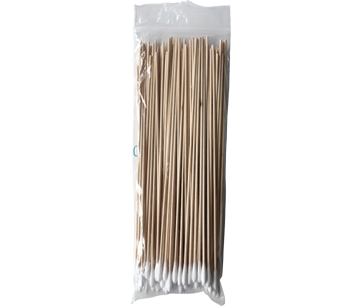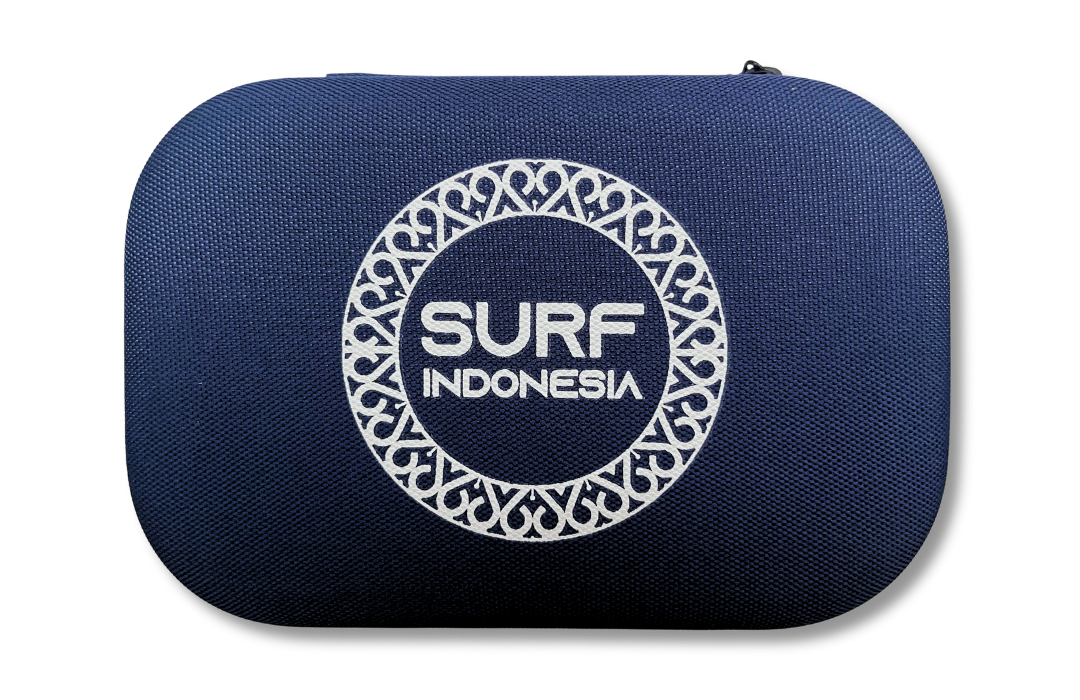How To Treat Reef Cuts
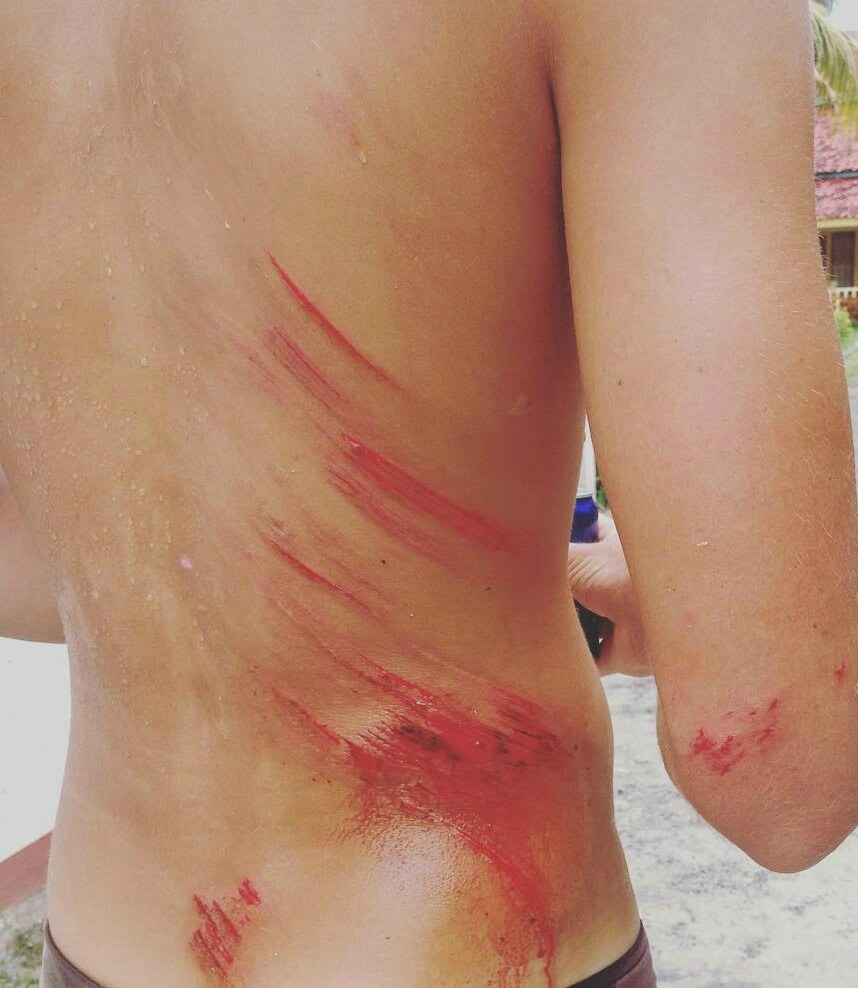
Regardless of your experience, reef related injuries are not a matter of if…but when!
Reef cuts and infections are a big deal…They require immediate attention to avoid countless health problems.
Your surf trip will eventually become a nightmare if your reef cuts lead to infections that can adversely affect your overall health.
The coral reefs throughout Indonesia contain unusual nasty bacteria and toxins.
Foreign debris and coral spores embed themselves in the skin and tissue, acting as a source of infection, increasing pain, inflammation and prevent your wound from healing.
It’s a fact that reef cuts are one of the most difficult types of wounds to heal. Even the smallest, harmless-appearing reef cut or rash has a high chance of developing into a serious infection if not treated properly. We see it time and time again, surfers that are not properly prepared with reef cuts left ill-treated or in some instances untreated. Leading to an infection that not only puts a damper on your surf trip but can threaten your life.
Considering your most common injury is going to be a reef cut or laceration, you have to be prepared for treating, cleaning, and bandaging basic wounds with the right kind of first aid kit when surfing reefs.
What You’re Going To Need…
Irrigation Syringe
An irrigation syringe is a lightweight and easy tool to carry for the first step in disinfecting any wound. You should use an irrigation syringe, and not your bare hands when irrigating any reef cut to prevent the spread of bacteria and infections.
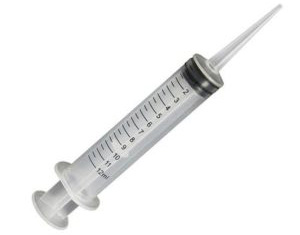
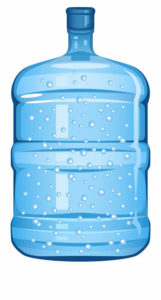
Bottled Water
Tap water in Indonesia is not clean and the ocean water at this temperature harbours a lot of bacteria so use bottled water to first irrigate your wound. Bottled water is conveniently available in stores all around Indonesia.
Soap Wipes
Used to clean around the wound. Carefully cover your finger with soap wipes to ensure that you don’t touch the surface of the wound.
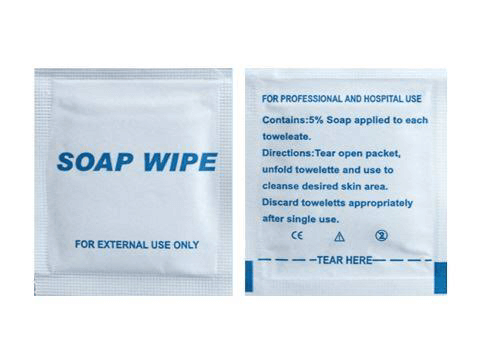
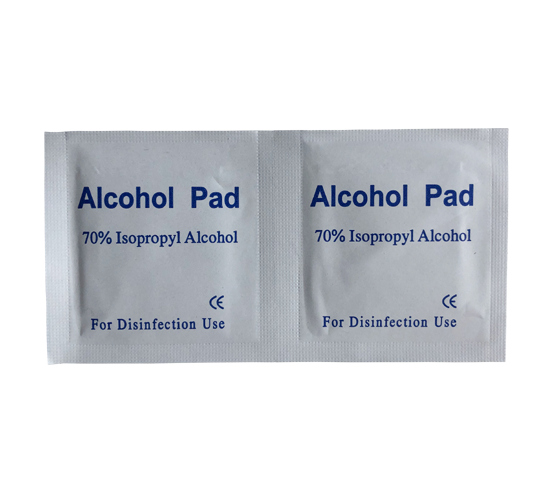
Isopropyl Alcohol Wipes
To sterilise tweezers, scissors, the area around the wound and assisting adhesive bandages to make better contact with the skin. You can also use bottled isopropyl alcohol if available.
High Precision Surgical Tweezers
When you are treating wounds yourself you need all the help you can get and high precision tweezers with an elbow are the top of the line when it comes to easily and effectively removing foreign debris from your wounds. DON’T get stuck with plastic tweezers or cheap tweezers that you can’t get an accurate pinch from, you’ll cause yourself more pain and become extremely frustrated. Moreover, plastic or cheap tweezers aren’t always made from the best materials and using these in treating your reef cuts might only do more harm than good.
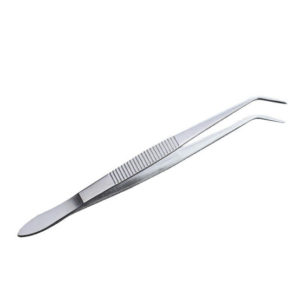
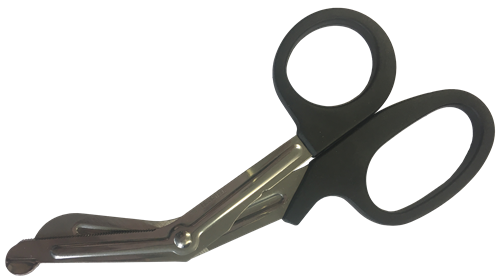
Scissors
Quality pair of stainless steel scissors to cut and shape adhesive tapes and bandages. Don’t forget to clean your scissors with alcohol before using them. A pair of high-quality scissors can be very useful when dressing cuts, which is why it’s best if you always include them in your first aid kit.
Razor
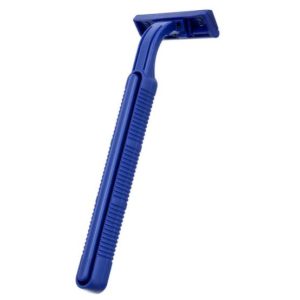
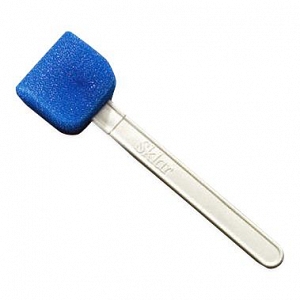
Wound Cleaning Sponge
Saline Solution
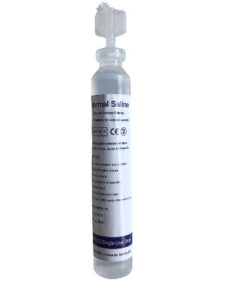
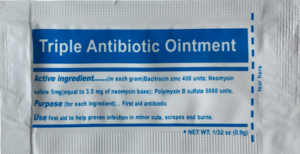
Triple Antibiotic Ointment
Hemostatic Gauze
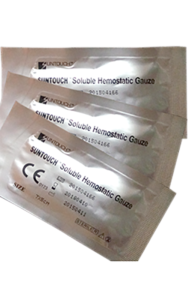

Adhesive Stretch Dressing
How To Treat a Reef Cut…
01
Irrigate
You’re first step for any kind of cut, reef or otherwise, is to irrigate, loosening and removing any foriegn debris from the wound. Since the tap water in Indonesia is not clean use bottled water to first irrigate your wound flushing out as much foreign debris as you can. Save the saline solution for last unless you have a large supply of it.
Using an irrigation syringe irrigate the wound further for an extended period of time washing out as much bacteria as you can. Then clean around the wound with soap wipes.
Coral contains a range of very nasty and unusual bacteria and toxins. Tiny coral cysts enter the wound and get embedded in tissue to not only cause wound healing delay, but pain and recurrent swelling for a long time. So naturally the first major rule is thorough, extended cleaning. The longer the better! Don’t do what we have seen a million times: “Oh, that’ll do mate.” No it probably won’t. Do it again, thoroughly.
02
Debride
Use tweezers (first sterilise the tweezers with alcohol wipes) to remove any foreign debris from the wound that still appear after washing. It is important to get any remains of the reef or coral dust out of the wound as mentioned above.
Take your time doing this as thoroughly as possible, removing any dead skin with sterile equipment along the way. It is a major step to speeding up the healing process.
We can’t stress this enough, do it right the first time, because once the swelling and infection sets in, it becomes increasingly difficult to remove foreign objects.
03
Remove Hair From Around The Wound
Use the razor to shave any hair around the wound in preparation for covering the wound. This greatly enhances how well any adhesive bandages stick to the skin, keeping the wound cleaner for longer and speeding up the healing process.
04
Clean With Wound Cleaning Sponge & Saline Solution
Fill the irrigation syringe with saline solution or simply use saline solution straight from the bottle and rinse the wound while lightly cleaning with a wound cleaning sponge.
05
Prepare The Area Around The Wound
Clean, dry and degrease the area around the wound with alcohol wipes. This not only rids of bacteria but dries the skin for applying an adhesive stretch dressing.
06
Protect The Wound
Treat the wound with a triple antibiotic ointment ensuring any remaining bacteria from the cleaning or debriding process doesn’t take root in your injury, preventing infection and assisting in relieving pain and inflammation.
While commonly used antiseptics such as lime, hydrogen peroxide, iodine or rubbing alcohol into the wound does work to kill bacteria it also damages the tissue, irritates the wound and delays the healing process.
07
Active The Blood Clotting System
Use Hemostatic Gauze to control any remaining bleeding and active the blood clotting system. With scissors cut and shape the hemostatic gauze to shape to match the wound and apply directly to the wound with pressure.
Hemostatic gauze is commonly used by armed forces and hospitals to address gunshot wounds. When the Hemostatic Gauze contacts with the wound it quickly transforms into a stiff gel, filling the wound, sealing capillary ends and activating the blood clotting system saving you days or weeks of recovery time.
08
Apply Dressing
Prepare an adhesive stretch dressing by cutting it to the length you need, then cutting it to the desired shape and apply it directly over the top of the wound and/or hemostatic gauze when the area around your wound is completely dry.
Hot tip: round the corners of the dressing with scissors so there are no corners that may start to peel back off the skin.
09
Reduce The Swelling
Raise the limb. Swelling, even if you can’t see it, can delay healing, especially in areas of poor circulation. Keep your arm or leg up to the level of your heart or higher in the first few hours.
10
Monitor The Area Around Your Wound For Infection
This is indicated by red spreading edges around the wound which can lead to fever, severe illness and even death. If you see this, you need urgent medical help. Do not delay even if you are in a remote place — you will need antibiotics or change to a different antibiotic if you are on one already. Get some medical advice even if it’s on the phone to work out which antibiotic is best and assess your condition if you’re getting ill and febrile.
Seek urgent medical attention if…
- The wound is large or deep.
- The edges of the wound do not stay together.
- It is not possible to clean the wound properly or remove all debris.
- Symptoms of infection occur (fever, increasing pain or redness, or discharge from the wound).
- If blood is spurting from the wound or if applying pressure to the wound does not stop the bleeding!
Avoid Reef Cuts When Possible
Reef cuts can be challenging to treat, which is why you should exert effort to avoid such wounds whenever possible. This is especially important if you’re fond of spending time at the beach and in the surf.
If you like to explore reefs when you’re not surfing investing in and wearing some water aerobic shoes is one way of avoiding reef cuts out of the surf in the future. Wearing a dive suit and maintaining a respectful distance from the reefs can also help whenever possible.
“Not having a good First Aid Kit on hand places you at serious risk”.
Other Items You’ll Need…
Butterfly Stitches
Also known as Steri-Strips or butterfly bandages, are narrow adhesive bandages that are used instead of traditional stitches (sutures) to close small, shallow cuts.
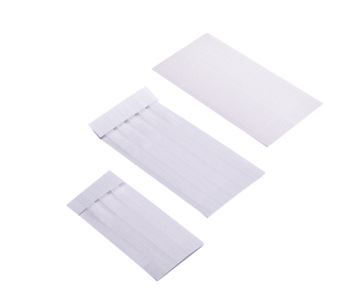
Splinter Probe
Sea urchin spines have a tendency to wander into the worst parts of the body, regardless of how well you protect yourself. Your best bet is to use a splinter probe to efficiently remove the spine as soon as possible.
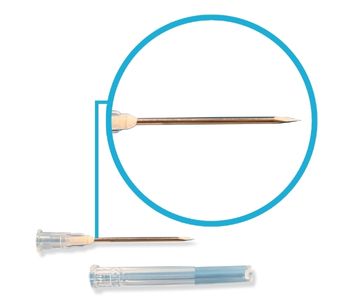
Sports Tape
Not your typical rigid strapping tape but a pliable sports tape with stretch to fit the curves and corners of your body securely where a lot of reef cuts occur.
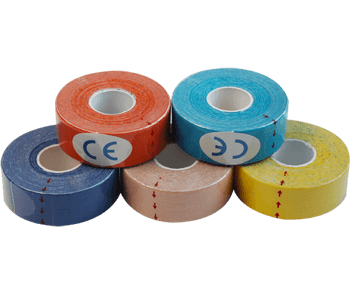
Cotton Bud Swabs
Versatile tool that has many uses in your first aid kit.
